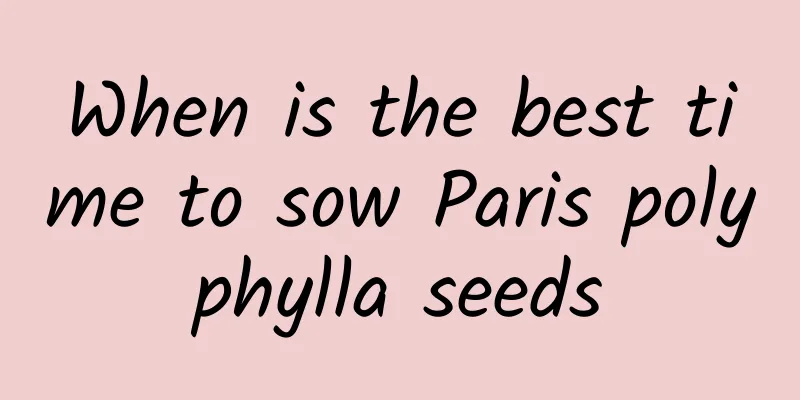How to identify sea sand

1. Morphological identificationThe sea sand is a perennial herb, which is about 1 to 5 meters tall. The plant is relatively tall, and the rhizome underneath grows horizontally. It has a relatively tough texture and many small fibrous roots distributed on the edges. The surface color is dark brown, which looks relatively dark, and is covered with some small hairs. 2. Leaf identificationThere are a lot of them growing on the leaves, distributed on both sides of the short branches on the stem. They look symmetrical, and there are sparsely distributed short hairs on the leaf axis. In summer, tassel-like spikelets grow on the underside of the leaves. The spikes are about 2 to 5 mm long and have small warts on the surface. |
<<: The difference between Fraxinus chinensis and Ligustrum lucidum
>>: How to identify Millettia odorata
Recommend
How many kilograms of cowpea can be produced per mu? How many kilograms can be produced per mu (yield per mu is 10,000 kilograms)
Cowpea yield per mu There are many varieties of c...
How to fertilize white orchid
Fertilization time for white orchid If you want t...
How to plant newly bought succulents and how to plant cut succulents
1. How to plant newly bought succulents 1. Dry th...
Is growing peanuts profitable? The cost and profit of growing one acre of peanuts
Is growing peanuts profitable? At present, peanut...
When to plant sweet potatoes? When to harvest?
Sweet potato, also known as sweet potato , is an ...
What should I do if all the leaves of Phalaenopsis fall off?
1. Reasons 1. It may be because the plant was exp...
Is azalea easy to grow? How to grow it at home and what to pay attention to
Is azalea easy to grow? Azalea is relatively easy...
How to prune branches and leaves of Mimosa pudica (pictures)
The time for pruning mimosa must be chosen well, ...
How to care for the rich tree in winter
1. Suitable temperature The fortune tree must liv...
The difference between maple and locust trees
1. Tree shape difference Maple poplar is a tall t...
How to grow the weeping angel in water
1. Hydroponic method 1. Advance preparation: Befo...
How long does it take to market native ducks?
Native ducks generally refer to local duck breeds...
Blueberry management and planting methods
Blueberry, with its unique flavor and rich nutrit...
Where is red grape suitable for planting?
Red grape planting area Red grapes have strong ad...
Advantages and disadvantages of toffee roses. Is the toffee rose fragrant and beautiful?
Characteristics of Toffee Rose Toffee is a cut ro...









